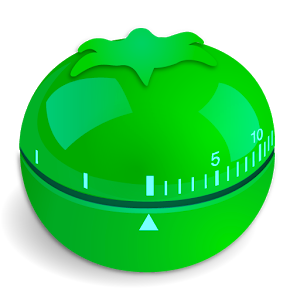You can find tons of different pages about modern instruments and methods that are made for increasing personal productivity. However, in the pursuit of new theories, it can be beneficial to remember the old, tried and true techniques of time management that have lasted throughout the centuries. This refers to a simple timer. In this guide, we will help you to remember five simple ways you can improve your productivity and forget about laziness. All that you need is one uncomplicated countdown timer device.
Timer to Get Started
How it works: when the time on your device ends, you must immediately start your task.
Everyone knows the situation when there is so much work you cannot even begin to do it. Instead, you read one more site, catch up on the latest news, write something rapidly on facebook… And you spend hours like that, but your important work has not progressed at all.
Our advice is to simply give yourself a comfortable place to prepare to work, but for a strictly limited time. Set up a timer and start doing the usual nonsense, but when you hear the buzzer – immediately begin doing your work. This method works perfectly, especially if you add simple and fast tasks at the beginning of your to-do list ☑.
Timer for Decision Making
How it works: you need to make a decision before time expires.
This suggestion can be useful for people who are not particularly confident, or are perfectionists. If you cannot choose one option from a bunch of others, if you cannot make a decision, if you continue doing something, improving it and redoing it; we advise you to just set a timer. The time depends of course on the complexity of the task, but you don’t need to do it for too long. 2-10 minutes is quite enough; after that you must end your painful thoughts and somehow reach a decision.
Timer for Focusing
How it works: During the specified time limit, you must work with full concentration without any distractions, which are the largest detractors from productivity.
That’s why taking steps to minimize background noise is crucial. Turn off social media notifications, close your messengers, and put your work window on full screen. Determine how much time you typically are able to work under these conditions. When you first start, it may sound difficult, especially if you are accustomed to working while multitasking. Begin with a small amount of time, and then increase in small increments.
 Pomodoro Timer
Pomodoro Timer
How it works: Work for 25 minutes without interruption, then rest for 5 minutes, then repeat.
This is a very popular time management technique, owing to its reasonable balance between work and rest that many find improves their performance. Though classic pomodoro technique 🍅 dictates exactly 25 minute working intervals, you can alter the times according to what would be most effective for you personally. For example, I work best with an interval of 45:15.
Circle Timer
How it works: Work for one hour, then rest for one hour, and repeat throughout the day.
You might say, “One hour of rest? That wastes too much time!”
However, plenty of research on office workers’ productivity suggests that the most time someone can spend working continuously is not more than 3-4 hours. Other time is spent walking through the office, smoking, visiting different websites, and other unproductive activities. Therefore, if you work efficiently for at least 4 hours, potentially you would have done more than someone working all day in a conventional office setting. Certainly, this technique is not suitable for all specializations, but in some cases could provide good results.
For keeping time, any suitable timer can be used. Some prefer the ticking of kitchen timers, while others prefer using apps on their phones. I would suggest using our online timer.
Any way will be effective. Try them out and choose the one best suited for you. And, of course, send us feedback.